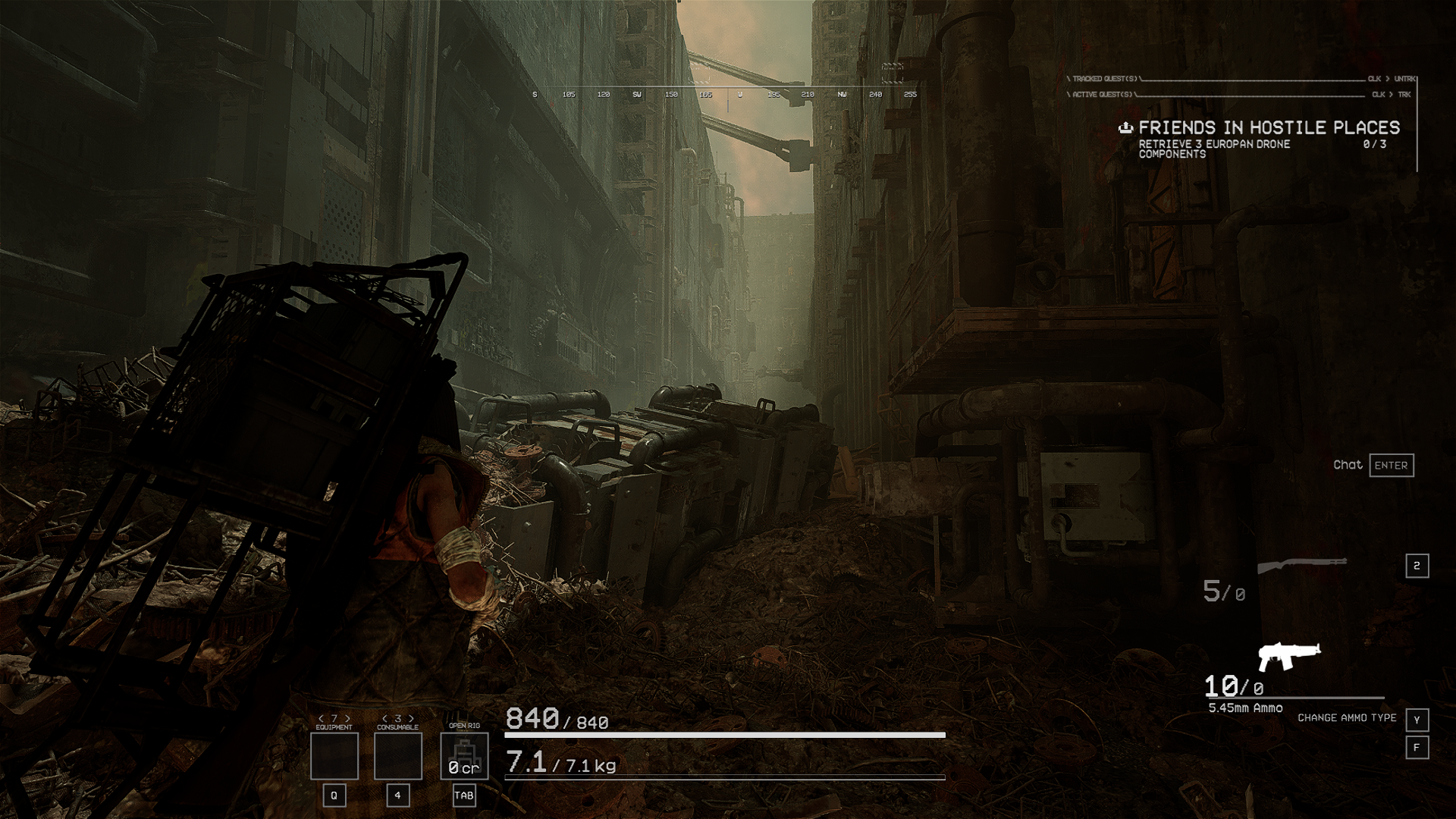

My last three phone cases have been Spigen. Won’t be considering changing any time soon.


My last three phone cases have been Spigen. Won’t be considering changing any time soon.


There’s a few, mostly closer to simulation than tux kart tho. A few that I’m fairly sure are under active development:
Speed Dreams. Can’t easily find the github for this one.
Waydroid + some kind of webVNC maybe
I stumbled across this today. Is it still being updated? Github suggests it’s still active but the latest release in IzzyOnDroid seems to be from 2022.


It’s third party and CLI only, but rivalcfg supports a decent variety of Steel Series mouses / mice / meece / mousen.


I tried out Bazzite on my Legion Go and was so impressed I immediately stopped distro hopping and installed it on my daily as well. Hardware wise everything works out of the box. It’s based on Fedora Kinoite so it’s quite well documented if you run into trouble or want to start doing weird shit. The few times I’ve had issues (mostly with flatpak sandboxing) they’ve been solvable with a quick web search.


Heliboard. Unfortunately it requires a bit too much setup to recommend to anyone who isn’t tech savvy.


deleted by creator


The Forever Winter. Released in early access due to popular demand. It’s rough, divisive, and difficult as hell. It’s also incredibly grim and hauntingly beautiful. It’s a PvE-only, stealth-based, extraction (non-)shooter where you scavenge resources to survive in the shadow of a military-industrial complex run absolutely amok. You are incredibly underpowered, outnumbered and outgunned, to the point where if you need to start shooting, you’re probably already dead. Gameplay is tense, frightening, and really drives home the overwhelming feeling of being a small fish in a really fucking big pond. It’s the opposite of a power fantasy and I’m really glad someone is doing something that different.
I’m not sure I’d recommend it in the state it’s in, if at all, but it’s definitely making me feel some kind of way. I don’t normally enjoy extraction shooters, but I find myself coming back to this one. Not that it’s really a shooter. Maybe that’s what’s doing it for me. The most divisive part is the water mechanic. It’s a key resource for your settlement; If you run out of water you lose all your stuff. But, it drains in real time not game time so it’s kind of a big commitment at the moment. Personally I understand both sides of the argument and I haven’t decided where I fall yet. It’s definitely worked on me because I find myself thinking about the game when I’m not playing, but if I end up taking a break I’m not sure I’ll have the commitment to build back up from scratch again.





I’m running Bazzite on LeGo and it does this. No idea what until or settings it uses to achieve it tho.


Installed this on my Legion Go today. Took about an hour, all hardware supported out-of-the-box. Hardest part was mapping the controller. Haven’t actually played much on it, but I’m very impressed with the experience so far.


Short answer: yes.
Shattered Pixel dungeon is based on pixel dungeon, adds a bunch of new stuff and is reasonably actively developed.
I use jabref and this extension quite heavily. I can assure you that it does send the URL to jabref; it gets added as a Misc reference with the site URL in the optional fields. On my firefox / windows system it does show greyed out in the plugins menu like you say, however it adds a jabref logo in the address bar which can be clicked (or alt+shift+j) to send to jabref.
I just tried it on my linux system though, and it doesn’t work for me, either. Suspect some sandboxing weirdness because I have jabref as a flatpak but firefox running natively. I’m just coming back to linux from a few years hiatus so I’m hoping someone better than me at this can check in.
Jabref does have some troubleshooting steps for their extension that might be worth trying though, depending on your install.


Opensuse because I like green.


I switched from Nova to Kvaesitso when I found out they were owned by a spyware corp. It takes a little getting used to as it does most things differently, but it’s actually good once you get past that.


That’s really hard to answer definitively without context. Obvs there’s the kernel, but that’s similar enough across distros that it’s not really a point of contention that I know of. At a guess it might mean the distro it’s “based” on, but that in itself could mean a few different things. There’s stuff like package management, which you mentioned, and init style. That’s where things get complicated.
Like, Mint is based on Ubuntu, which itself is based on Debian. They share DEB / APT for package management and use systemd for init. OTOH, there’s stuff like OpenSuse, which is originally based on SlackWare, but uses RPM (like redhat) for package management. OpenSuse uses systemd, but I think RedHat uses upstart and SlackWare uses a BSD-style init. It’s been a while since I checked in on those last two.
Of course they could also mean something like choice of desktop environment (as in “A Gnome-based distribution”), default package selection (what the installer refers to as a “base” install). They could mean the general philosophy or release schedule (rolling vs. point release). Or they could even be referring to the userbase (as in; “I use Arch, btw”).


Article is inaccurate. NewsCorp isn’t journalism.


Fuck. I’ve been using it for years. Thanks for the heads up, I guess.
I agree, but you can get standalone silicon port covers pretty cheaply, with the bonus that you can use them in other devices too.